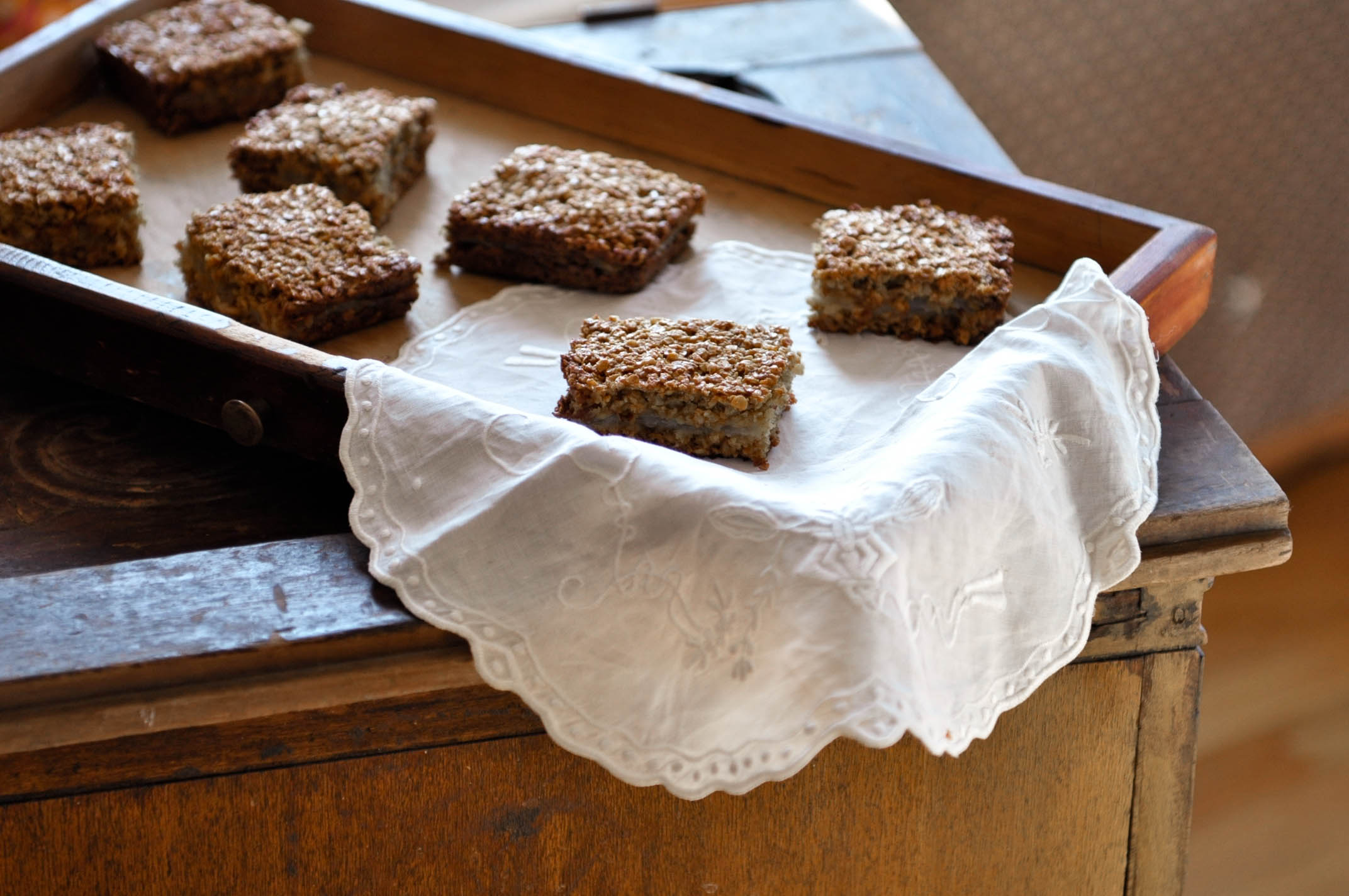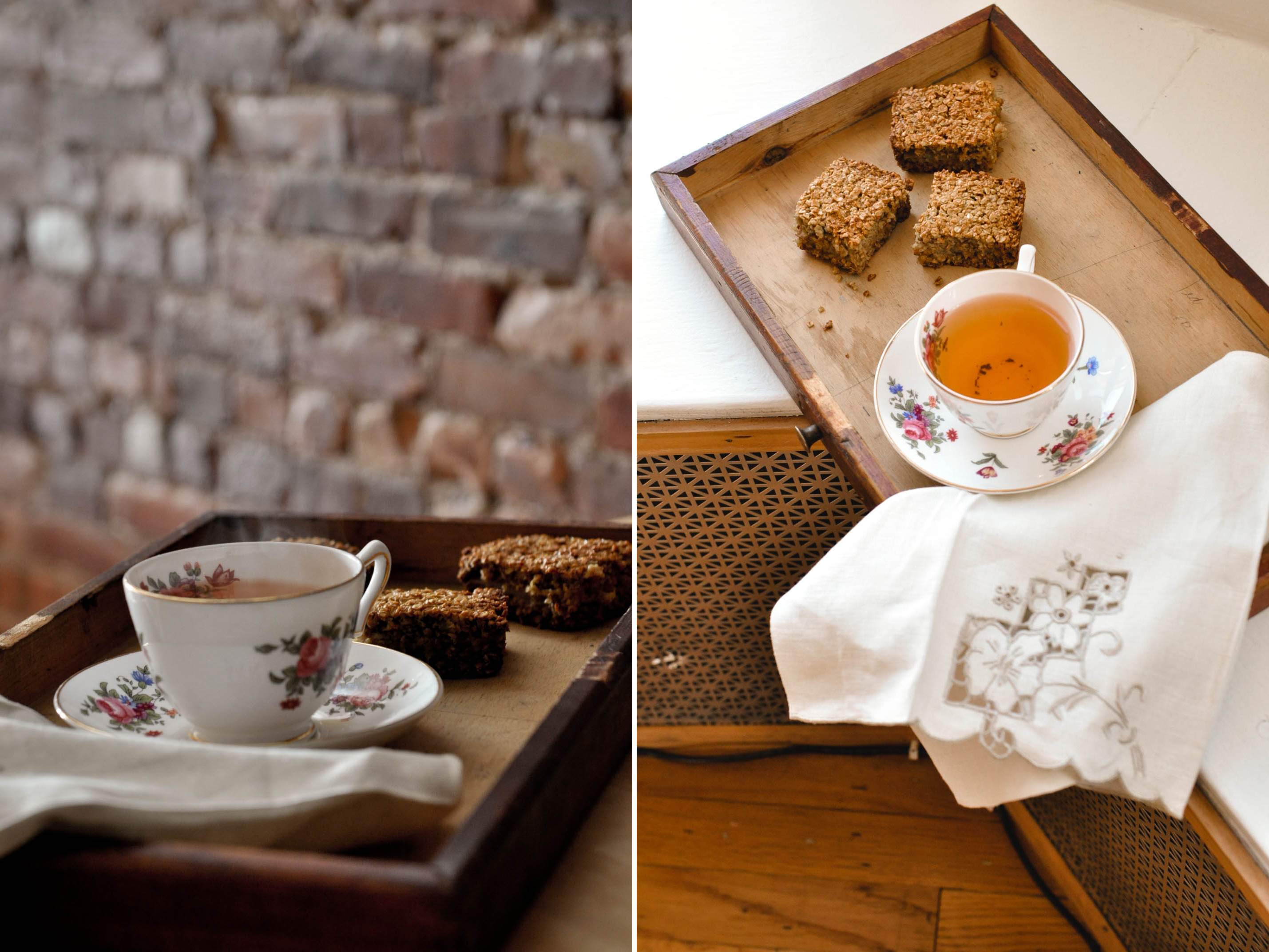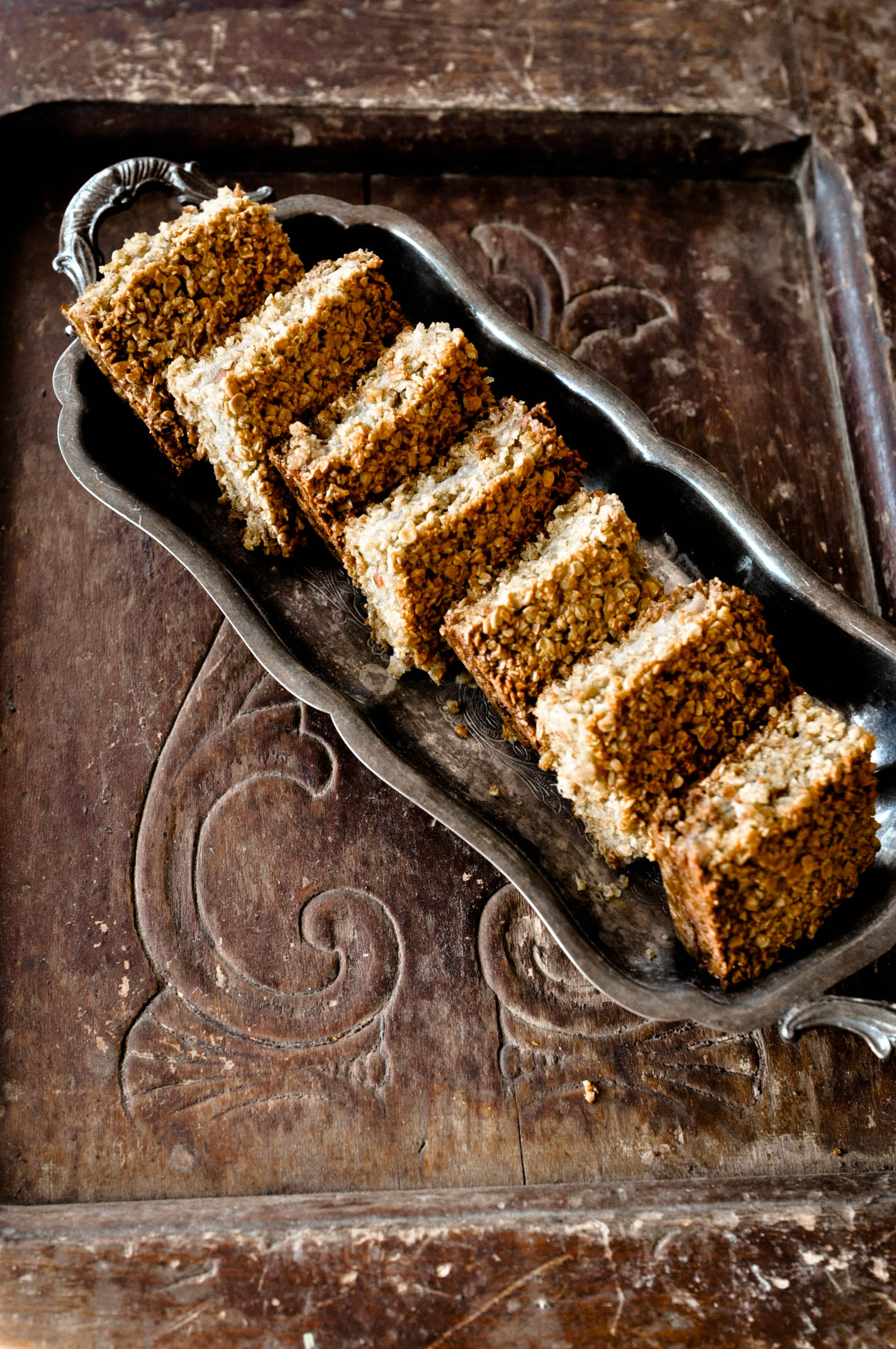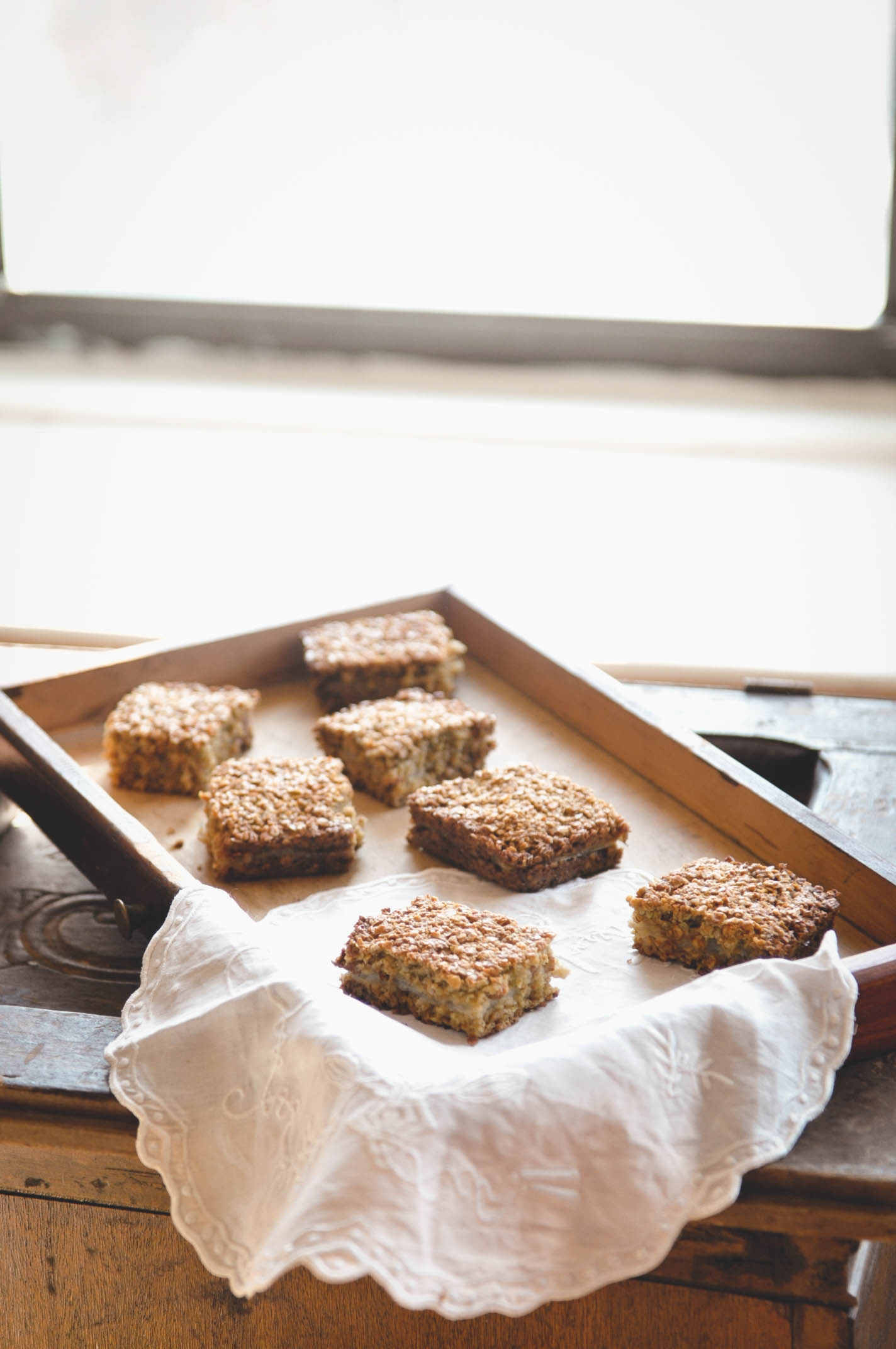
For several years, I consumed oats only through those instant oatmeal packets. Yes, I am appalled at my former myself. I console myself with saying it was atleast five years ago. Besides, during those days, I hardly had time to breathe and it was ridiculously simple to add milk and heat for a minute and have a lovely warm winter breakfast that at the heart of it was not half as bad as having several other choices.
Ok, now I know better. It only takes 2 minutes more to follow the same process and make porridge from scratch and I get to change all the flavors to my liking. Plus, I make my own granola (which I formerly did not consume, because, have you seen the price of granola in the market?!) and have oats in the summer too! But, that was about it for a long time.

So, anyway, here I was in my unidimensional view of this grain and then
I went to Scotland
. There, at a bed and breakfast, I had a close encounter with
Oatie
. I was a changed person. They were delicious! I fell absolutely in love with these triangles that I consumed with great fervor well cheese, jam, butter, ham, prunes, smoked salmon (nom!)... well, pretty much anything you would find on a breakfast table. I even dipped them in my tea. Yes,
I was obsessed!
So I did a bit of digging into the grain's history in the country. You see I had always heard of horses being fed oats. And, that is indeed true. That is a colonial practice. English nobles did feed their horses these grains. In the Highlands, however, they are people food. In the perennially damp climate of the region (which makes for fine spirits), few grains are strudy enough to grow in volume as the oats and so they became a staple and as is wanton to happen, people incorporated it into their diet in several ways.

Oatcakes are made in a griddle in Scotland. It is said that, as far back as the 14th century, traveling clansmen carried a bag of oats with them and cooked a paste of the oats and water using their shield as a griddle. They can also baked in rounds. Sometimes they are sliced into farls or rough triangles and baked. Since, regular wheat was not available widely, these served as bread.
Honestly, I think it is a brilliant idea. They are crunchy, have a long shelf shelf and the grain itself has a nutty flavor that is a delight compared to the plain bread varieties. Who would not want to have that everyday.
These days the popularity of oats has skyrocketed. While its relevance as a breakfast ingredient and cookies remains even, it's gluten free character has made it ever so popular with the increasing populace of restricted diets. Oats and oat flour are the easiest to substitute with as well as being economical. They are predominantly grown in Northern Americas and Europe (as well as around the Himalayas) making is all that much more accessible that other choices such as millet, amaranth, rice etc. that is still as exotic to the Western palate as to the soil.

Oats are now used in a variety of pastry creations and they lend a lovely depth of flavor to the pastry. Oat flour is also much easier to work with than other gluten free flours (except chickpea flour)as it maintains its structural stability through the process of baking without the need for additional binding agents like tapioca starch or xantham gum.
Since that time in Scotland, I too have slowly but surely been incorporating oats in greater quantities and variations. My latest recipe, for Pear and Oat Shortcakes, is a throwback to those peasant breakfast cakes but with the richness akin to even dessert. They are layered with the fruit in the center, crunchy on top and soft at the bottom making for lovely textural play in your mouth.
Pear and Oat Shortcakes

200g oats
40g butter, melted and cooled
2 T raw honey
1 egg
1/3 cup whole milk
1 tsp vanilla essence
1-2 pears sliced
Pre heat oven to 350F.
Mix all ingredients except the pears. Spread half of mix in an even layer on the base of a buttered 9x4 inch baking pan.
Arrange the pear slices in an overlapping manner over the oat layer and top with the remaining oat mixture. Smooth the top.
Bake for 30 minutes until the top is golden and crusty.
Cool on rack for 10 minutes. Invert the cakes onto the rack and then cool completely. Slice into squares.
